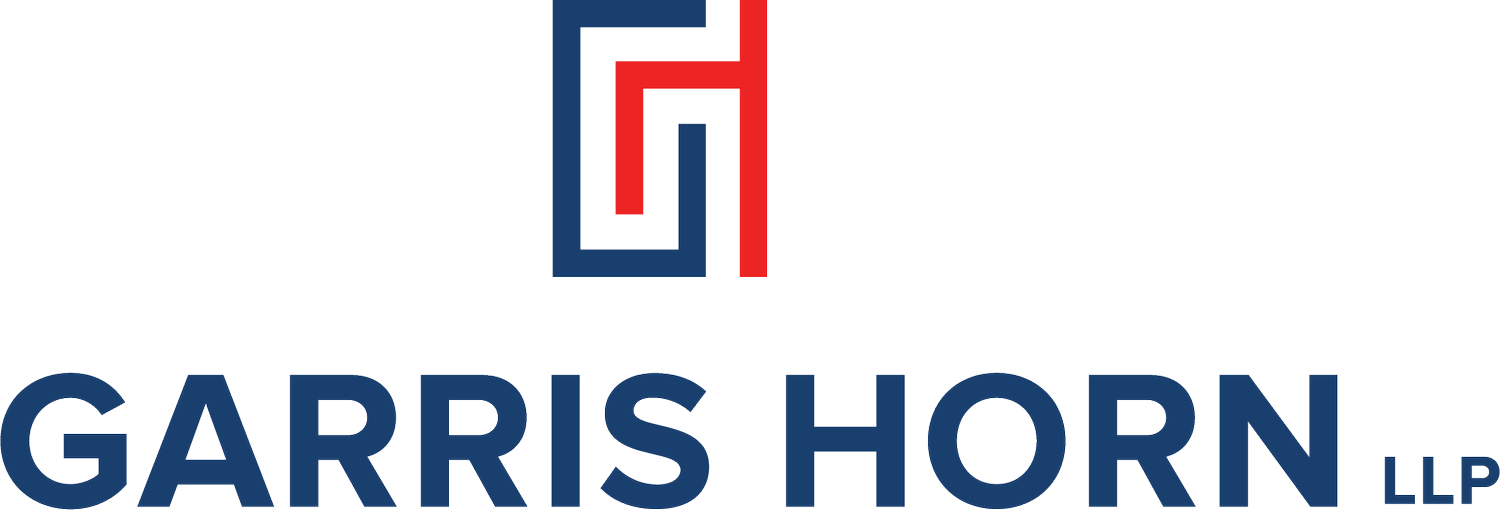CFPB’s Statement about Partial HMDA Exemptions Added by S.2155
The Bureau of Consumer Financial Protection (CFPB) on July 5, 2018 issued a statement on the new “partial” exemptions from HMDA that were added by section 104 of S.2155, the Economic Growth, Regulatory Relief, and Consumer Protection Act (the “Act”), which was signed into law on May 24, 2018. The CFPB’s statement briefly described the scope of the exemptions, and stated it will provide further guidance on the applicability of the Act to HMDA data collected in 2018 later this summer.
The Act’s partial exemptions from HMDA apply to insured depository institutions and insured credit unions as follows: (1) to closed-end mortgage loans, if the institution originated fewer than 500 closed-end loans in each of the two preceding calendar years; and (2) to open-end lines of credit, if the institution originated fewer than 500 open-end lines of credit in each of the two preceding calendar years.
The Act exempts such institutions from the “requirements of [HMDA section 304(b)(5) and (6), 12 U.S.C. § 2803(b)(5) and (6)]” for such transactions. These are the new statutory provisions the Dodd-Frank Act added to HMDA that mandate the new data points that are required by the CFPB’s 2015 HMDA rule. Institutions subject to the exemption are not required to collect or report the new data points, such as the ULI, credit score and model, rate spread, and the AUS. But note that such institutions would remain otherwise subject to HMDA reporting. The CFPB acknowledged in its statement that, “for these transactions, those institutions are exempt from the collection, recording, and reporting requirements for some, but not all, of the data points specified in current Regulation C.”
Interestingly, these new Dodd-Frank Act statutory provisions give the CFPB discretionary authority to require other information not expressly mandated by HMDA, which the CFPB used to modify the requirements for certain former data points, such as the loan purpose, lien status, and denial reason. It will be interesting to see whether and how this “partial exemption” will be applied by the CFPB to these data points that it modified using this discretionary authority.
Also note that in December 2017, the CFPB issued a statement that it intended to issue a proposed rule to “reconsider” the “rule's discretionary data points.” The CFPB’s Spring 2018 regulatory agenda has a proposed rule under HMDA scheduled for January 2019. It is possible that the CFPB could roll back the new and modified data points that it added under its discretionary authority.
The CFPB also noted that the format and submission of LARs would not be impacted by the exemptions. Institutions filing HMDA data collected in 2018 will report under the previously-released 2018 Filing Instructions Guide (“FIG”). But the CFPB plans to release a revised FIG later this summer with exemption codes that institutions subject to the partial HMDA exemptions would use for exempt data points. A beta version of the HMDA Platform for 2018 data will be available later this year so filers can test the submission of data collected in 2018.
You can access the CFPB’s statement here: https://www.consumerfinance.gov/about-us/newsroom/bureau-consumer-financial-protection-issues-statement-implementation-economic-growth-regulatory-relief-and-consumer-protection-act-amendments-home-mortgage-disclosure-act/. Also note that federal banking agencies have issued similar statements as well.
Please let me know if you have any questions or would like to discuss.
